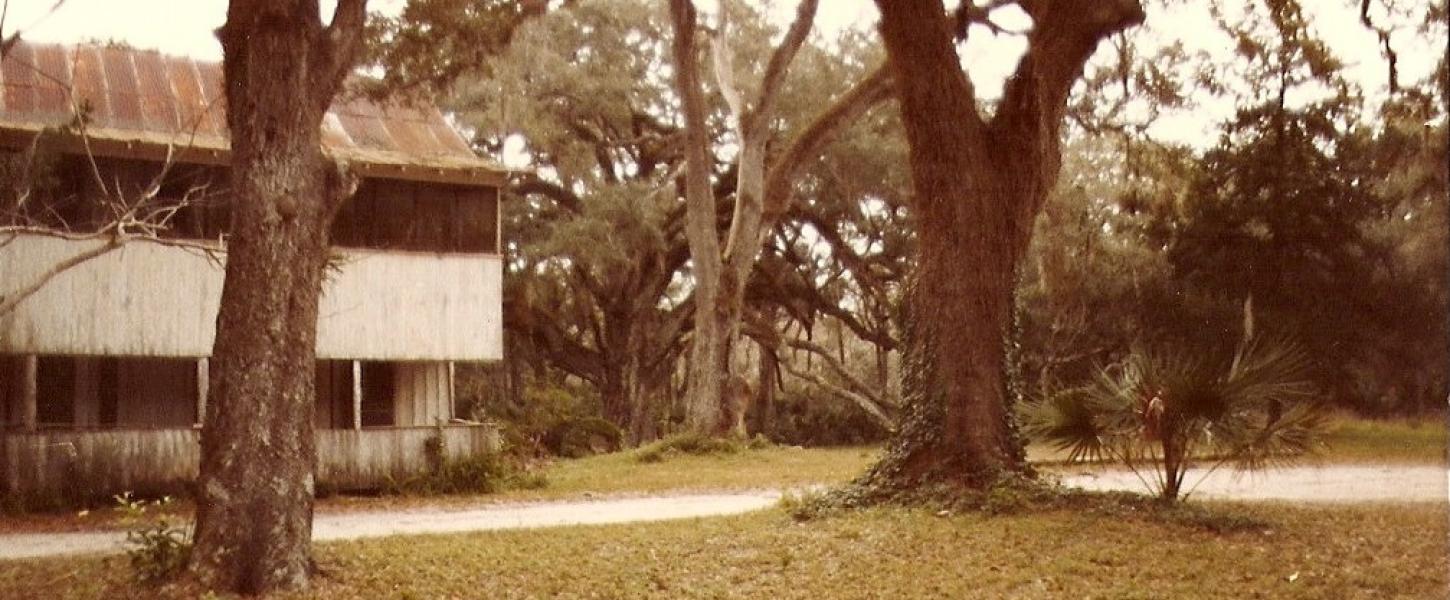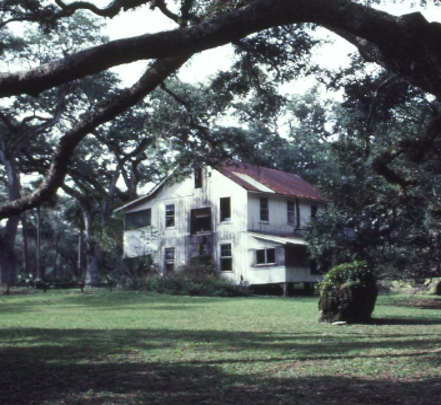
History

The Bulow Creek Fairchild Oak's parking area features a majestic oak tree that is more than 400 years old. Its branches have cast shadows over many historic eras of Florida.
In 1605, Alvaro Mexia first followed a Native American trail through this area. Mexia was on his way to establish peace with the Timucua that lived in what is now Tomoka State Park.
In the 1820s the Fairchild Oak was part of the 1,687-acre plantation known as Damietta, owned by James Ormond. Crops grown at Damietta were sugar, cotton and indigo.
Seminole Indians traded here, bringing turkeys and venison to trade for cloth, blankets and black powder. A local legend says that a young Seminole known as Wildcat and James Ormond III played as children in the Fairchild Oak and later faced each other during the Second Seminole War in the Battle of Dunlawton.
The plantation was abandoned by the Ormond family in the early 1830s.


In the grassy area of the park, the Harwood House once stood. Harwood is a forgotten rural area named after controversial landowner Norman B. Harwood.
While living in Minnesota, Harwood lost everything in the Panic of 1873 crash, leaving him in debt for almost two million dollars. Harwood moved to Florida and bought 7,000 acres of land. It was said that locals marveled at the Harwood land - one fence line was 8 miles long. The house served as a post office and provided rooms for travelers in the late 1870s.
The Harwoods sold cattle and invested in a 120-acre orange grove. During that time they fell in the love with the Atlanta area and the family rose to prominence in Atlanta society. Creditors found Harwood in Florida and won a case against him.
One week later on May 15, 1885, Norman was found deceased on this property after falling off his horse. Harwood had over $200,000 worth of insurance policies payable to his wife, which increased speculation about his death.
The odd tale of Harwood’s life and death was documented in a New York Times article published May 26, 1885, titled “A Checkered Life Ended.” For many years, later maps noted this area as the town of Harwood.

Stop by Bulow Creek State Park and check out the impressive Fairchild Oak, one of the largest remaining live oaks in the South, a testament to ...the Real Florida.